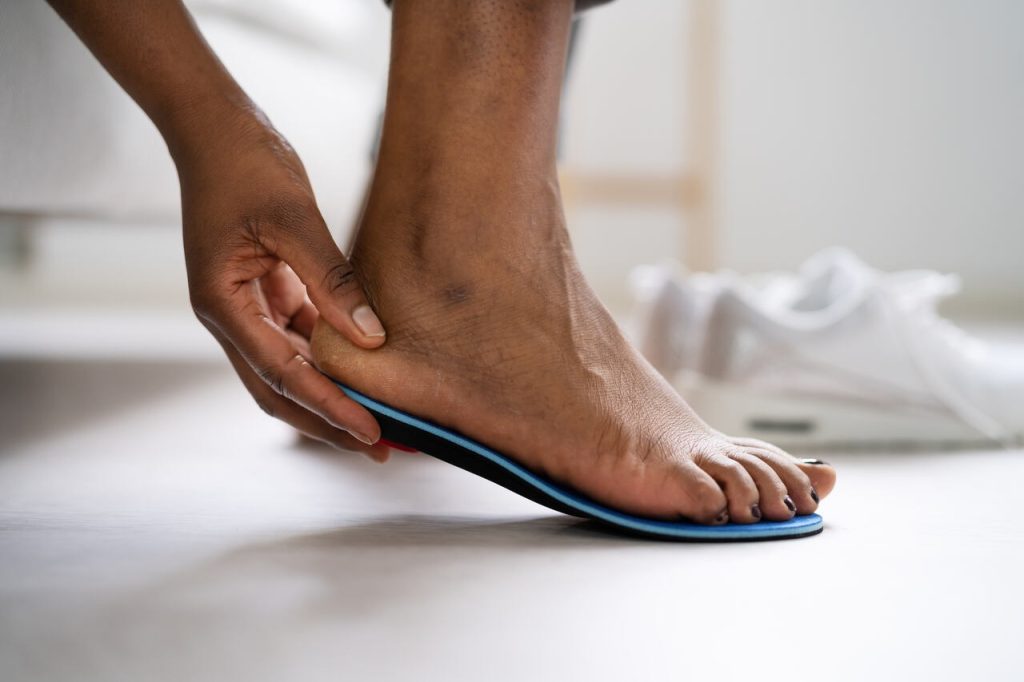Advancements in prosthetics and orthotics are transforming lives across the globe, offering renewed hope and enhanced mobility to individuals who once faced significant physical limitations. Thanks to rapid technological innovation, today’s devices are more functional, comfortable, and personalized than ever before. Gone are the days when prosthetics were simple mechanical limbs with limited capabilities. Modern prosthetic limbs now incorporate smart sensors, lightweight materials, and even AI-powered components that adapt to a user’s gait and terrain, allowing for smoother, more natural movement. These innovations are not just about restoring mobility they are about restoring independence, confidence, and a vibrant quality of life. One of the most exciting developments in this field is the integration of myoelectric technology, which enables prosthetic limbs to respond to muscle signals. This allows users to control their prosthetic arms or legs with precision, mimicking the functionality of real limbs. Such progress is especially empowering for individuals who have experienced limb loss due to accidents, illness, or congenital conditions.

With these cutting-edge solutions, users are now able to perform daily tasks, engage in sports, and return to work, regaining a sense of normalcy and freedom. Similarly, orthotic devices used to support and align various parts of the body have evolved significantly. Advanced materials such as carbon fiber and thermoplastics are making orthotics lighter and more durable, while custom 3D scanning and printing technology ensures a perfect fit tailored to each individual’s unique anatomy. This level of customization not only improves comfort but also enhances the effectiveness of treatment, especially for children with developmental disorders, individuals recovering from strokes, or those living with conditions like scoliosis or cerebral palsy. With better support and alignment, these individuals are now achieving improved mobility, reduced pain, and greater participation in everyday activities. Another key advancement is the rise of bionic limbs and exoskeletons, which are revolutionizing rehabilitation and mobility for individuals with spinal cord injuries or severe muscle weakness.
These wearable robotic systems can assist with walking, standing, and movement, opening up new possibilities for independence and Learn More ciolook.com. They are also being incorporated into physical therapy programs, helping patients regain strength and mobility more effectively. With the help of these advanced devices, hope is no longer just a distant dream it is becoming a tangible reality for many. Perhaps most uplifting is the growing accessibility of these innovations. Thanks to increased awareness, charitable initiatives, and global collaboration, advanced prosthetics and orthotics are reaching more people in need. Nonprofit organizations, healthcare providers, and tech companies are working together to ensure that individuals in low-resource settings can benefit from life-changing mobility solutions.
